Fifty Years of the WTA
Chapter 3: Fellow Hall of Famers Tracy Austin and Pam Shriver reflect on their rivalries with Chris Evert and Martina Navratilova
By Mar 27, 2023Fifty Years of the WTA
As the 50th year of the WTA Tour comes to an end, a look ahead to its next fifty
By Dec 31, 2023Fifty Years of the WTA
A spirit of activism has always been a part of the WTA tour
By Dec 11, 2023Fifty Years of the WTA
Chapter 10: From Venus and Serena to Naomi and Maria, the WTA's crossover icons are on a first-name basis
By Nov 07, 2023Fifty Years of the WTA
Approaching 80, Billie Jean King is still globetrotting for investment in women’s sports
By Oct 12, 2023Fifty Years of the WTA
Serena vs. BJK, Evert vs. Barty, Graf vs. Sharapova: Across 50 years, imagine these match-ups between WTA greats
By Oct 06, 2023Fifty Years of the WTA
The Room Where It Happened: WTA Tour marks 50 years, backwards and forwards
By Aug 26, 2023Fifty Years of the WTA
Chapter 8: The WTA tour's global reach extends to nations and athletes everywhere
By Aug 25, 2023Fifty Years of the WTA
Chapter 7: 50 years after the WTA was created, its future is now—and never-ending
By Jul 15, 2023Fifty Years of the WTA
Chapter 6: Austin, Graf, Sharapova and Raducanu exemplify the WTA's capacity for teenage stars
By Jun 21, 2023Fifty Years of the WTA
Chapter 3: Fellow Hall of Famers Tracy Austin and Pam Shriver reflect on their rivalries with Chris Evert and Martina Navratilova
All told, the two played one another 80 times. Navratilova won 43, Evert 37. A staggering 60 of those matches came in finals.
Published Mar 27, 2023
Advertising
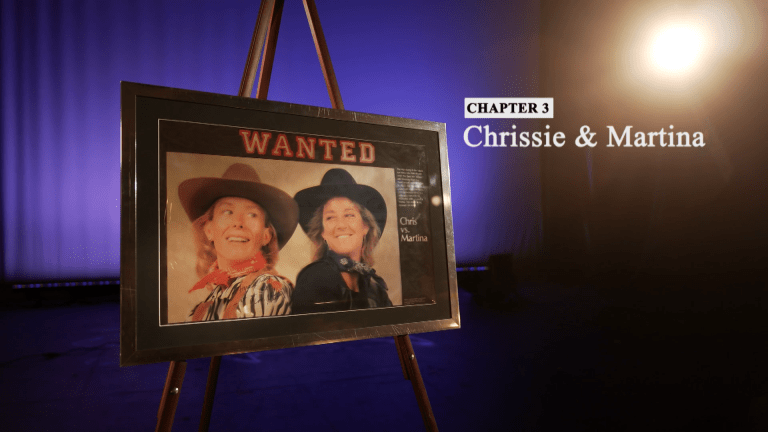
The rivals' friendly nature is on display in this promotional poster, located at the International Tennis Hall of Fame.
Advertising
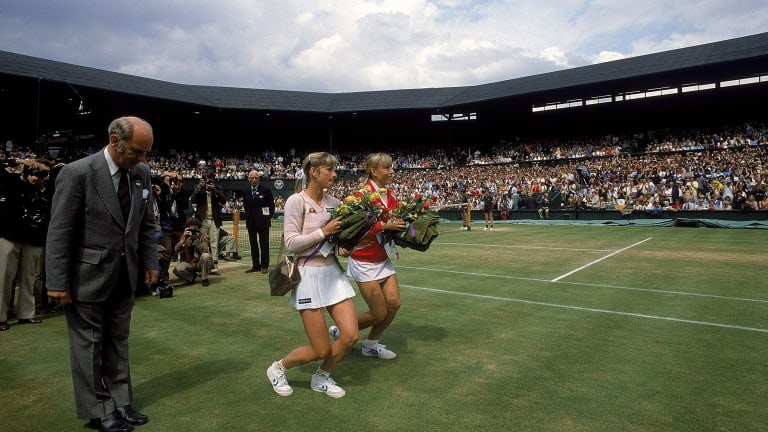
Before the match: 1982 Wimbledon (Navratilova d. Evert, 6-1, 3-6, 6-2)
© Sports Illustrated via Getty Ima
Advertising
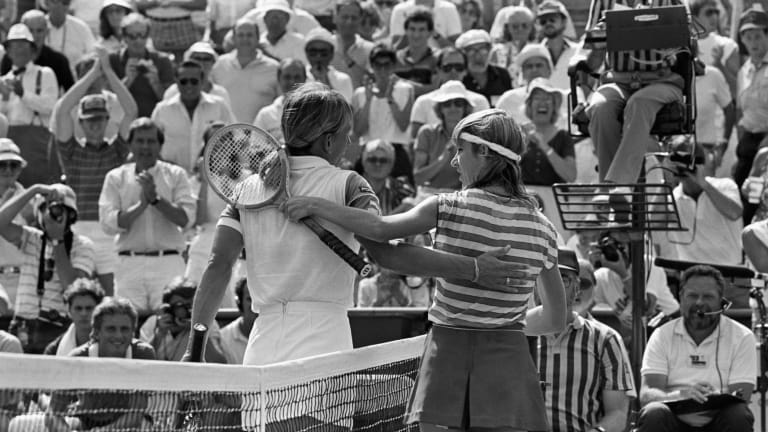
Game, Set, Match: 1983 US Open (Navratilova d. Evert, 6-1, 6-3)
© Bettmann Archive
Advertising
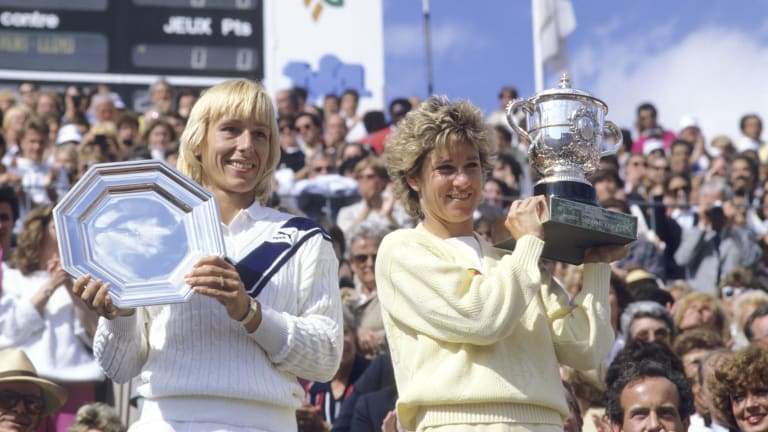
After the match: 1985 French Open (Evert d. Navratilova, 6–3, 6–7 (4), 7–5 (3)
© Sports Illustrated via Getty Ima
Advertising
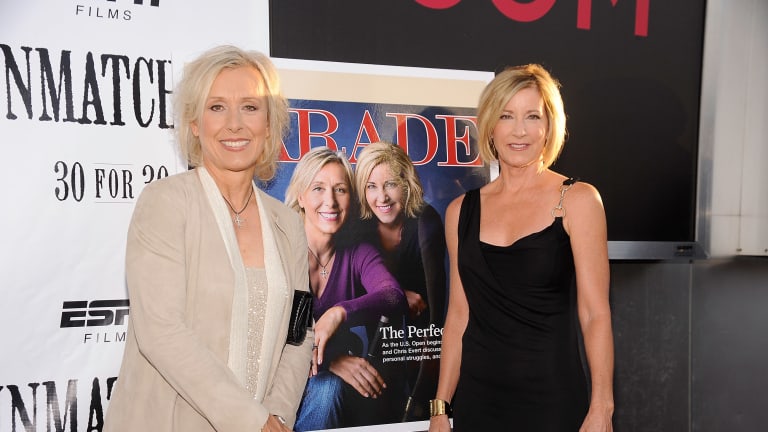
Opponents then, friends forever: Martina and Chrissie attend the premiere of "Unmatched" in 2010.
© 2010 Gary Gershoff